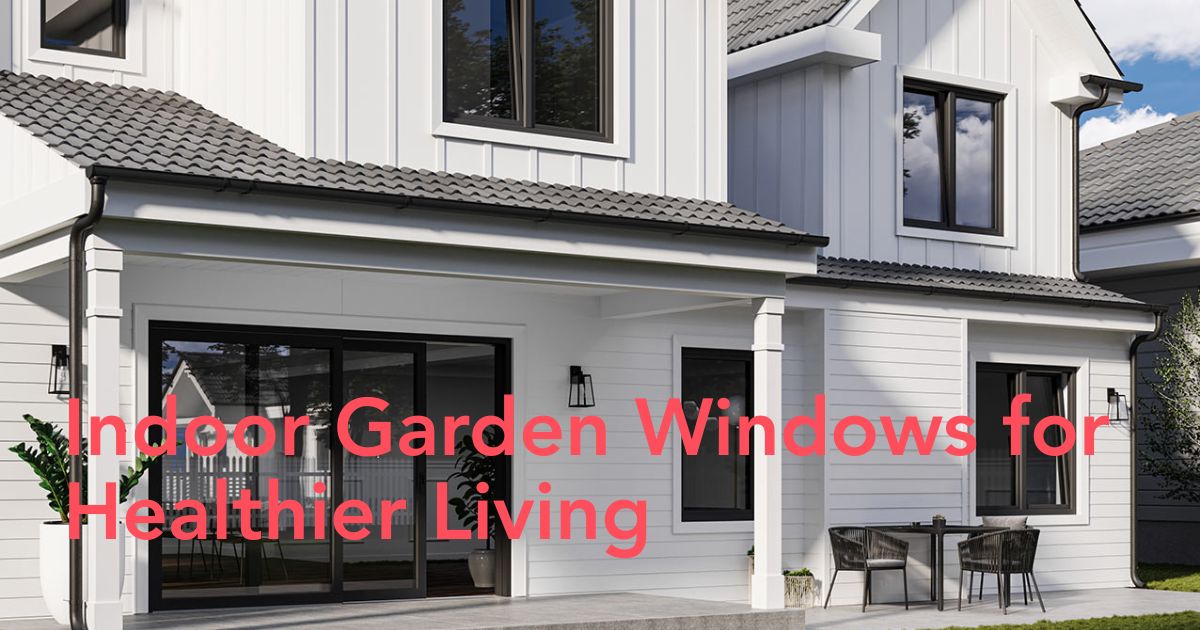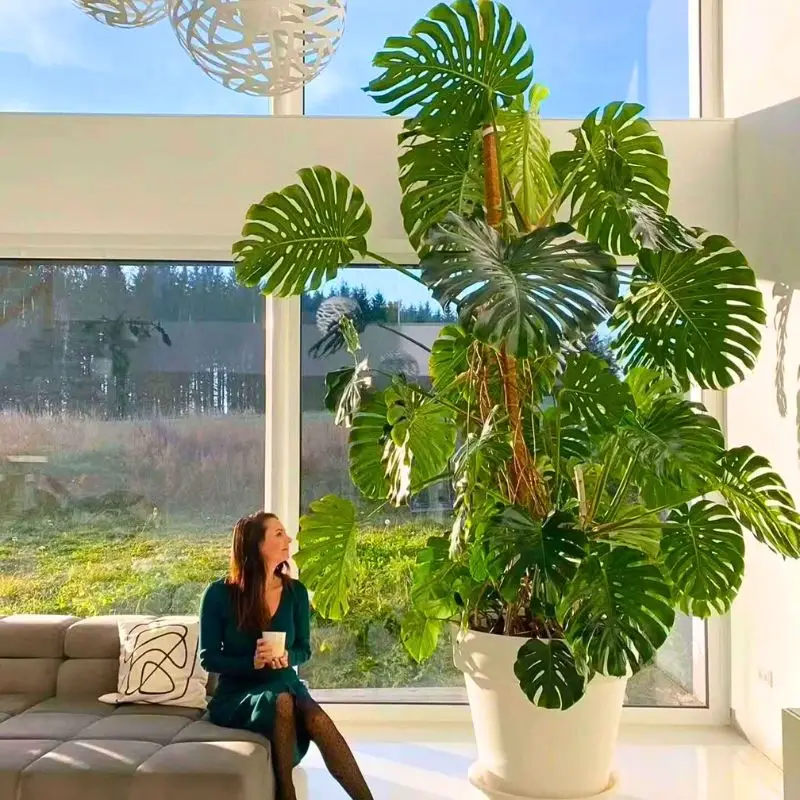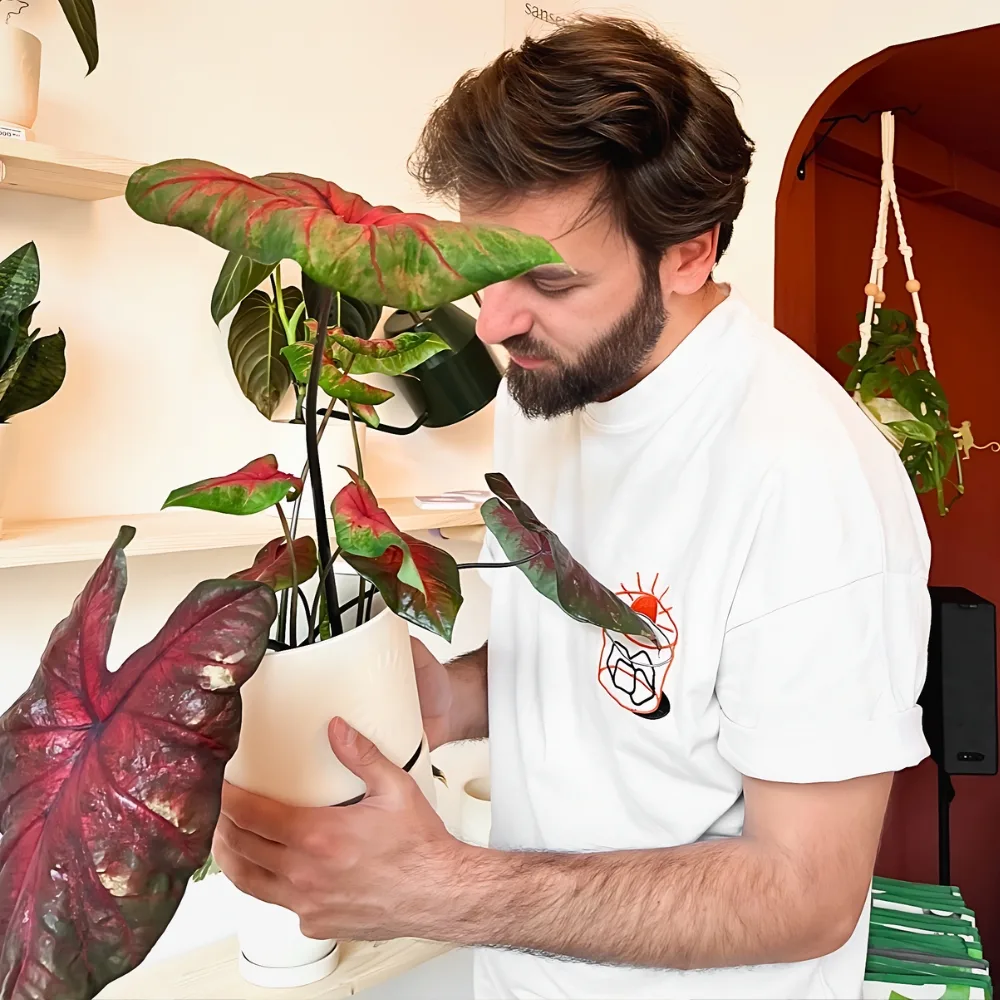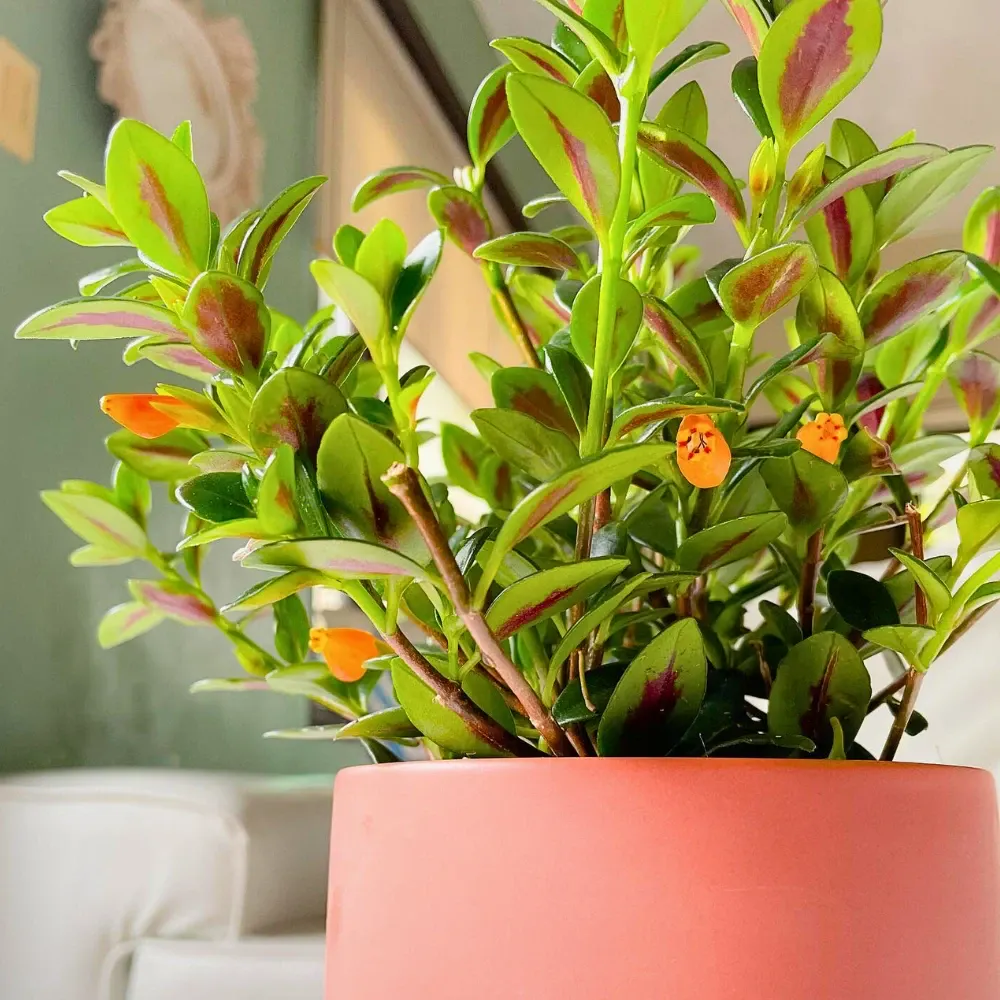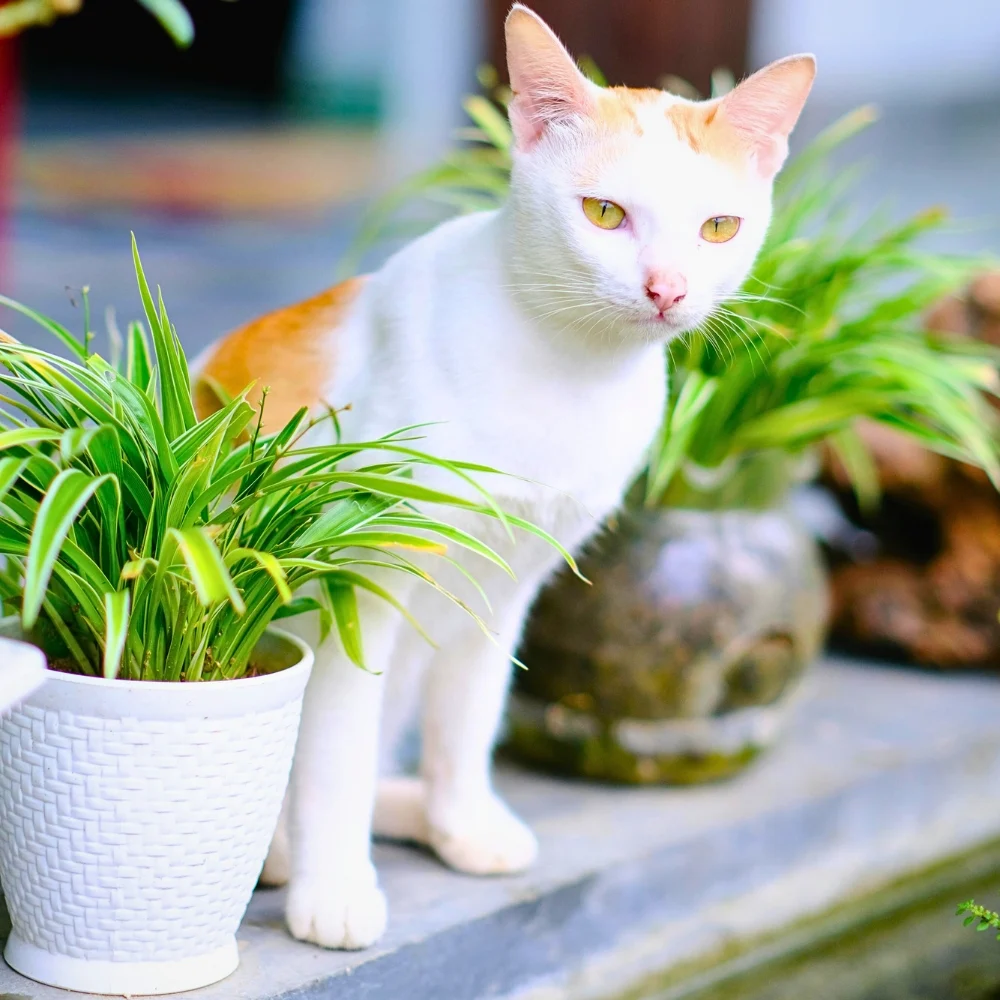Indoor garden windows are the ideal solution for bringing the benefits of nature inside, perfectly aligning with the popular biophilic design trend. These innovative windows act as mini-greenhouses, creating a thriving oasis for your houseplants by maximizing sunlight exposure while shielding them from harsh outdoor elements. They are a crucial component in enhancing your living space, improving air quality, and promoting well-being. At Oknoplast USA, we specialize in high-performance windows and doors, understanding how specific technologies—such as uPVC frames and Low-E glass—are essential for crafting a controlled environment that benefits both your plants and your interior aesthetics.
- Indoor garden windows serve as mini-greenhouses, offering a perfect spot for houseplants to thrive by maximizing sunlight exposure while protecting them from harsh outdoor elements.
- These windows are a key component of biophilic design, enhancing your living space and well-being by inviting nature inside.
- Choosing the right windows is crucial for healthy plant growth; consider window size, placement, and materials like uPVC for optimal thermal insulation and light conditions.
- Biophilic design windows with Low-E glass provide energy efficiency and UV protection, ensuring plants receive the right amount of sunlight without overheating or damage.
- Strategically placed garden windows can enhance both plant health and home aesthetics, creating a serene atmosphere that promotes well-being.
- Customizable features such as energy-efficient glass, adjustable blinds, and decorative grilles allow garden windows to seamlessly blend with your interior design while supporting plant life.
You can find more knowledge here: Tips on Designing Your Indoor Garden
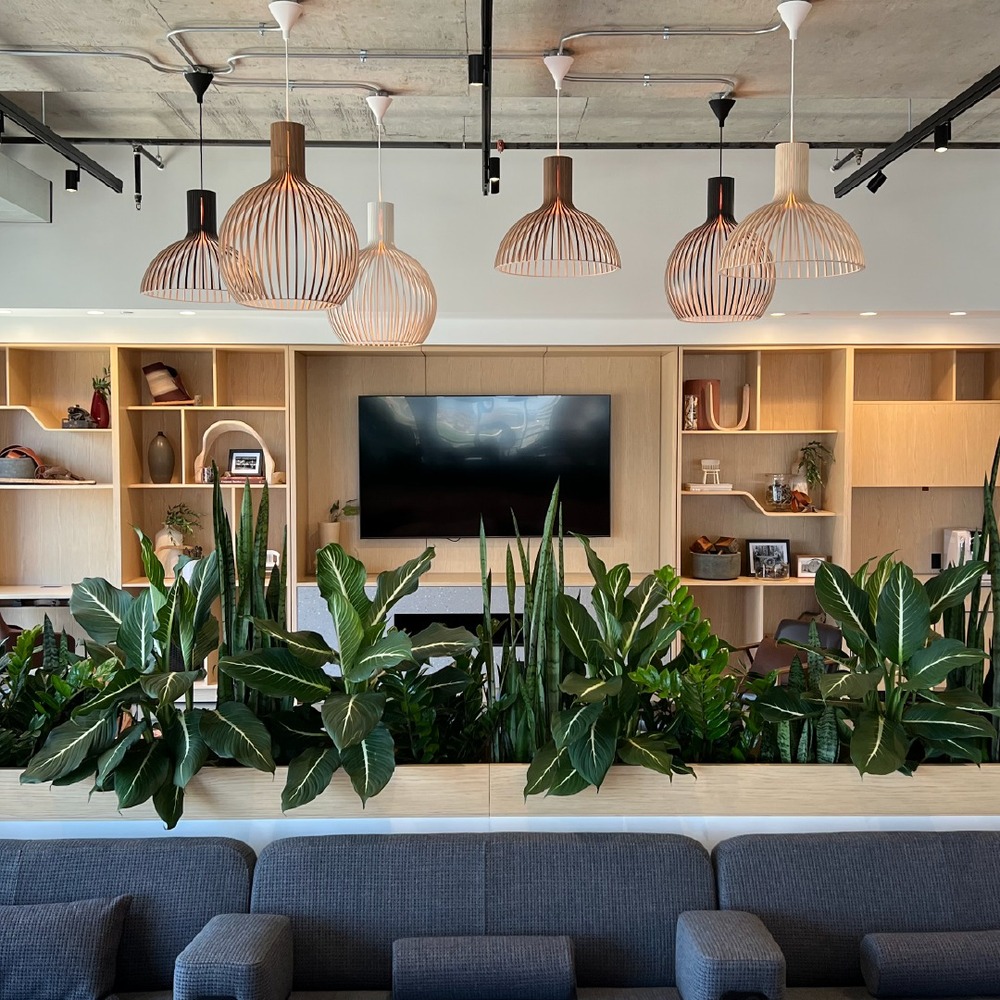
Understanding Indoor Garden Windows
Indoor garden windows are a fantastic way to bring the beauty and benefits of nature into your home. These unique windows act as a mini-greenhouse, providing an ideal environment for houseplants to thrive. Their design protrudes outward from the wall, creating ample sill space that serves as a perfect spot for your favorite plants. This outward extension not only maximizes sunlight exposure but also offers a cozy nook for plants to flourish away from harsh outdoor elements.
The concept of indoor garden windows is deeply intertwined with biophilic design, which emphasizes the connection between humans and nature. By incorporating these windows into your home, you are essentially inviting nature inside, enhancing both your living space and well-being. The benefits are numerous:
- Increased natural light: More sunlight means healthier plants and a brighter home.
- Aesthetic appeal: Garden windows add a touch of elegance and greenery to any room.
- Improved air quality: Houseplants help purify the air, making your home healthier.
Whether you're an avid gardener or simply looking to add some greenery to your interior, indoor garden windows offer a stylish and functional solution that aligns perfectly with modern design trends.
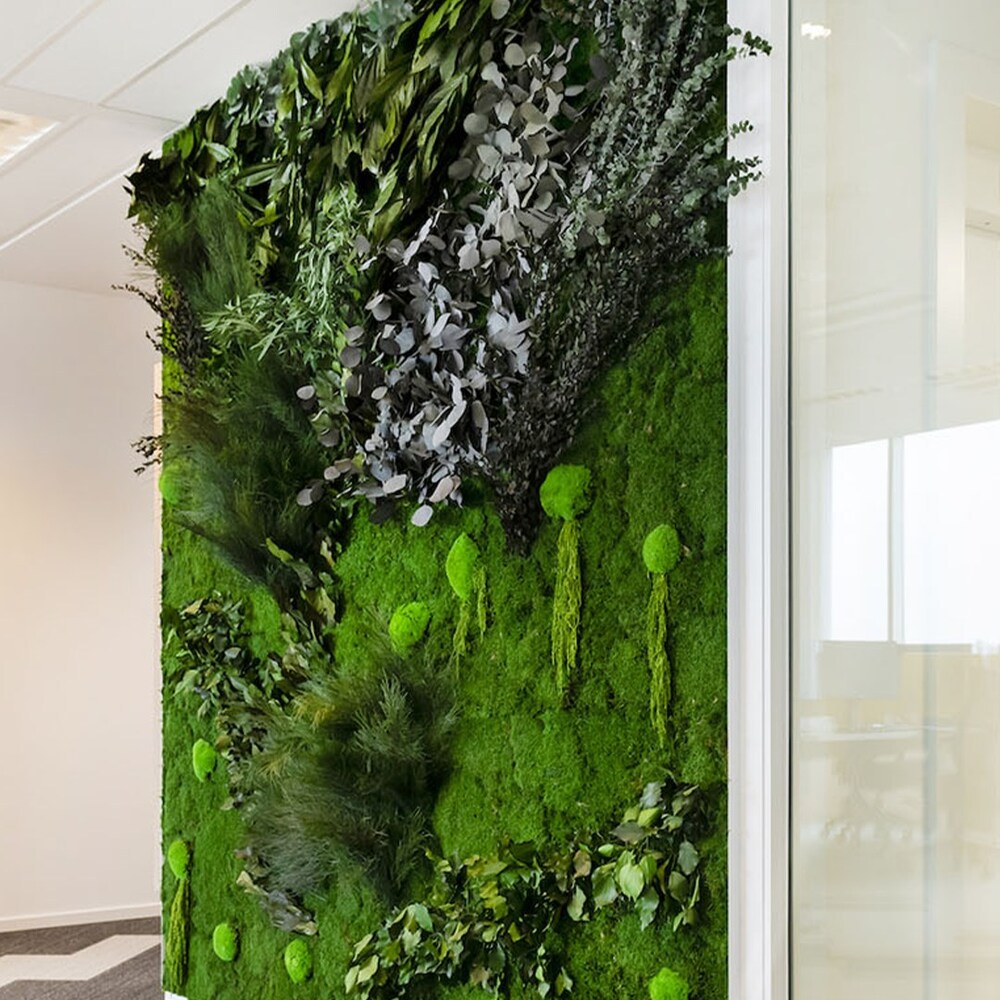
Choosing the Right Windows for Houseplant Growth
When it comes to nurturing your indoor garden, choosing the right windows is essential for promoting healthy plant growth. The placement of your windows plays a significant role in determining how much sunlight your plants receive throughout the day. Ideally, windows should be positioned to capture ample natural light without exposing plants to harsh, direct rays that can cause overheating or drying out. Consider the size of the window as well; larger windows allow more light to enter, creating a brighter environment for photosynthesis.
Material choice is another important factor in selecting windows for houseplant growth. Opting for uPVC windows (https://oknoplast.us/upvc-windows/) can be beneficial due to their excellent thermal insulation properties. These windows help maintain a consistent room temperature by preventing cold drafts, which is crucial for plant health. Consistent temperatures ensure that plants are not subjected to stress from sudden changes in their environment. Additionally, uPVC windows contribute to optimal lighting conditions by allowing sufficient sunlight while minimizing heat loss. When choosing windows, consider these features:
- Thermal Insulation: Keeps indoor temperatures stable.
- Window Size and Placement: Maximizes natural light exposure.
- Material Durability: Ensures long-lasting performance and energy efficiency.
By carefully selecting the right windows, you create an ideal setting for your indoor garden to thrive, enhancing both plant health and your home's aesthetic appeal.
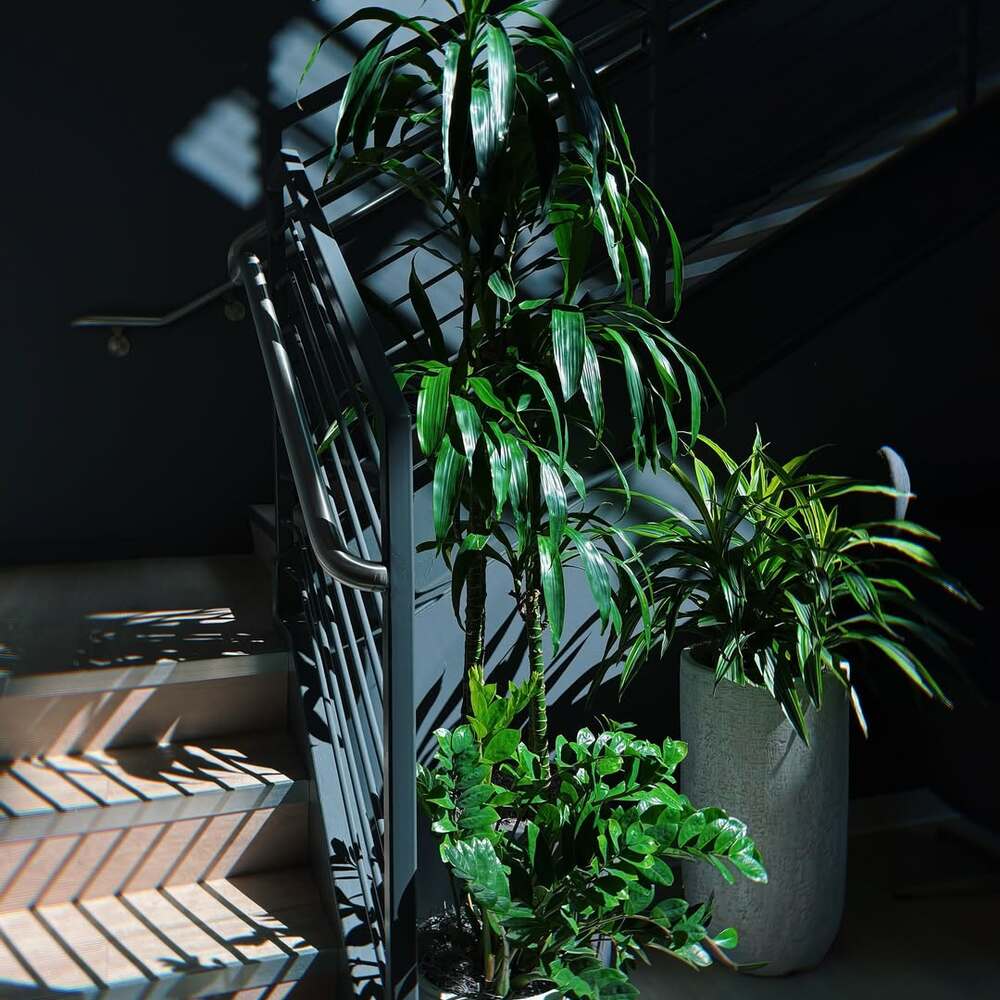
Enhancing Plant Health With Biophilic Design Windows
Biophilic design windows are a game-changer for plant enthusiasts, offering a perfect blend of aesthetics and functionality. These windows are designed to maximize natural light exposure, which is crucial for photosynthesis, while simultaneously protecting your plants from harmful UV rays. By incorporating advanced technologies like Low-E glass, these windows effectively control the solar heat gain coefficient (SHGC) and visible light transmission. This ensures that your indoor garden receives just the right amount of sunlight without the risk of overheating or UV damage.
The benefits of using Low-E glass in biophilic design windows are numerous. Not only does it help in maintaining a consistent ambient temperature, but it also plays a significant role in enhancing plant health by creating an ideal environment for light absorption. Here are some key advantages:
- Energy Efficiency: Low-E glass reduces energy costs by minimizing heat transfer.
- UV Protection: Shields plants from harmful UV rays that can cause leaf burn.
- Optimal Light Transmission: Ensures sufficient sunlight reaches your plants for healthy growth.
By choosing windows with these features, you not only support the well-being of your indoor garden but also contribute to a more sustainable and aesthetically pleasing home environment. Whether you're an interior designer or a plant lover, integrating biophilic design windows into your space offers dual benefits—enhancing both plant vitality and home decor.

Optimal Lighting for Indoor Plants
Creating the perfect indoor garden involves more than just selecting the right plants; it's about ensuring they receive optimal lighting conditions. Strategic window placement and design play a crucial role in achieving this balance. By positioning windows to maximize natural light exposure, you can create an environment where your plants thrive. Consider placing garden windows (https://oknoplast.us/patio-doors/) in areas that receive ample sunlight throughout the day, such as south or west-facing walls. This not only provides your plants with the necessary light for photosynthesis but also enhances the aesthetic appeal of your home.
Ambient temperature control is another essential factor in promoting healthy plant growth. Windows with advanced features like Low-E glass help maintain a consistent room temperature by reducing heat transfer and blocking harmful UV rays. This ensures that your indoor garden remains at an ideal temperature, preventing overheating or drying out of plants. To further enhance plant health, consider utilizing window features such as adjustable blinds or shades to regulate light intensity. Here are some tips to ensure your plants receive adequate sunlight without overheating:
- Use sheer curtains to diffuse intense sunlight during peak hours.
- Install adjustable blinds to control the amount of light entering the room.
- Rotate plants regularly to ensure even light distribution.
By thoughtfully designing your indoor garden space with these considerations in mind, you can create a thriving environment that supports both plant health and interior design aesthetics.
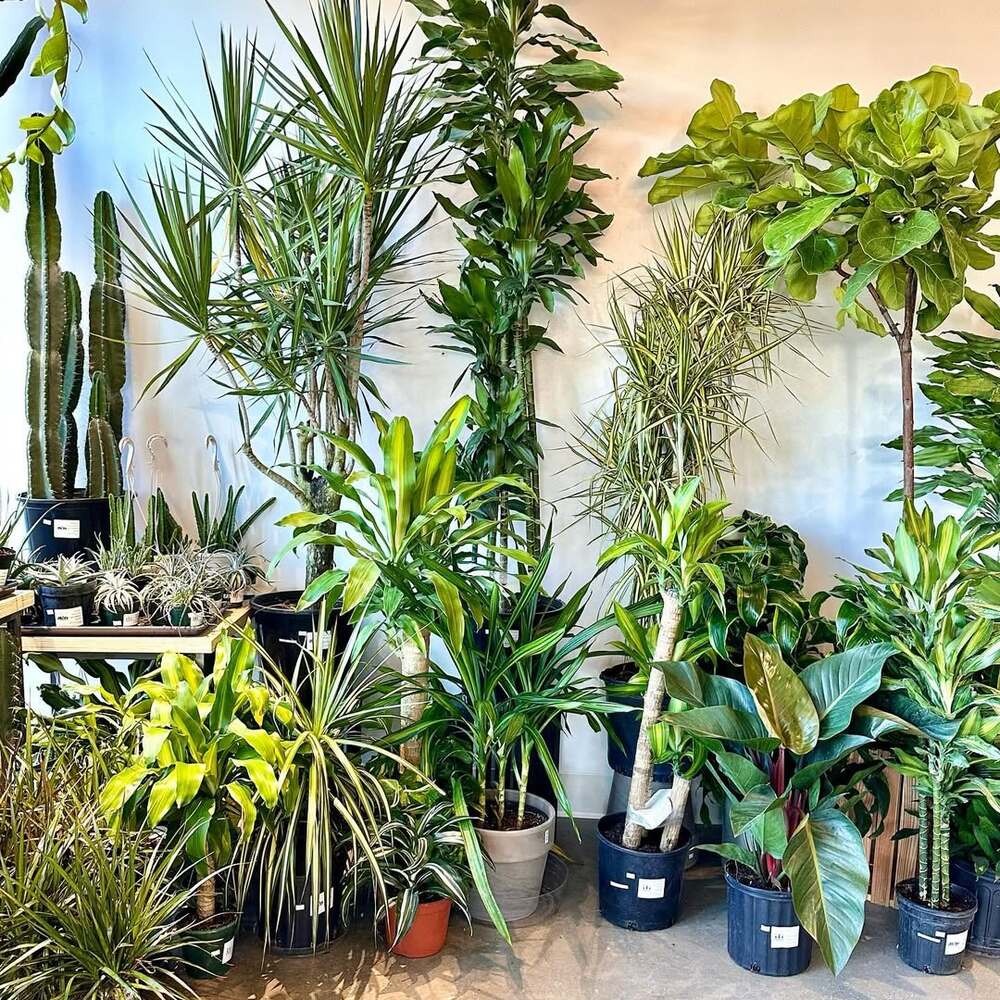
Window Features That Enhance Interior Design
Garden windows are not just functional; they can also serve as a stunning focal point in your home's interior design. By incorporating these windows into your space, you can enhance the aesthetic appeal of any room while simultaneously supporting plant life. The versatility of garden windows allows for various customization options that can seamlessly blend with your existing decor. From selecting the perfect color to choosing hardware and grille designs, you have the opportunity to create a unique look that complements your style. These elements not only add visual interest but also provide a nurturing environment for your indoor plants.
The dual benefits of garden windows lie in their ability to improve both plant health and home aesthetics. With ample sill space, these windows offer an ideal spot for displaying a variety of plants, from vibrant flowers to lush greenery. This integration of nature into your living space can create a serene atmosphere that promotes well-being. Additionally, garden windows can be tailored with features like:
- Energy-efficient glass to maintain optimal temperatures for plant growth.
- Adjustable blinds to control sunlight exposure.
- Decorative grilles that add character and charm.
By thoughtfully designing your garden window, you can enjoy the beauty of nature indoors while enhancing the overall design of your home.
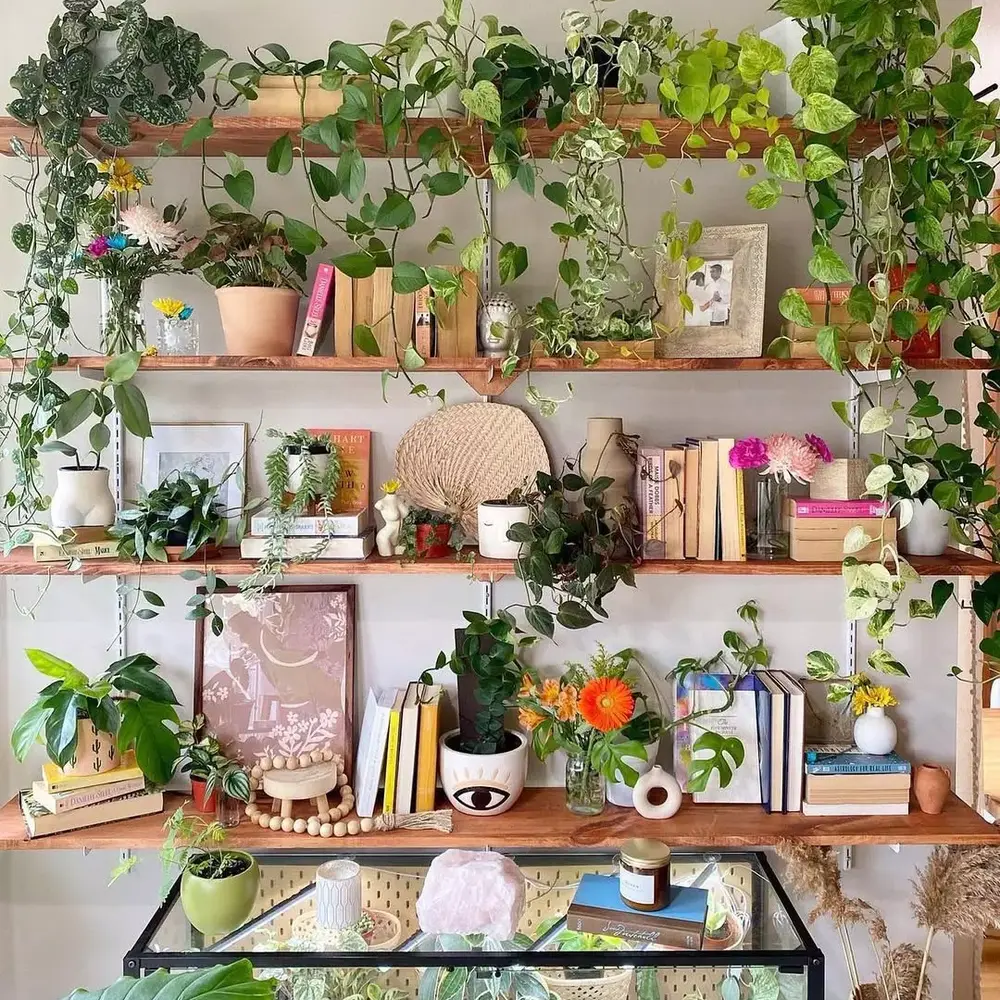
Indoor Garden Windows
Indoor garden windows are a delightful addition to any home, offering a unique way to integrate nature into your living space. Acting as mini-greenhouses, these windows extend outward from the wall, providing an ideal environment for houseplants by maximizing sunlight exposure and creating a cozy nook away from harsh outdoor conditions. This design not only enhances the aesthetic appeal of your home but also contributes to improved air quality and increased natural light, aligning perfectly with the principles of biophilic design.
Choosing the right windows is crucial for promoting healthy plant growth indoors. The placement and size of windows determine how much sunlight your plants receive, while materials like uPVC offer excellent thermal insulation to maintain consistent temperatures. Advanced window technologies, such as Low-E glass, further enhance plant health by controlling solar heat gain and protecting against harmful UV rays. By integrating these features, you create an optimal environment for your indoor garden to thrive, supporting both plant vitality and the overall design of your home.

